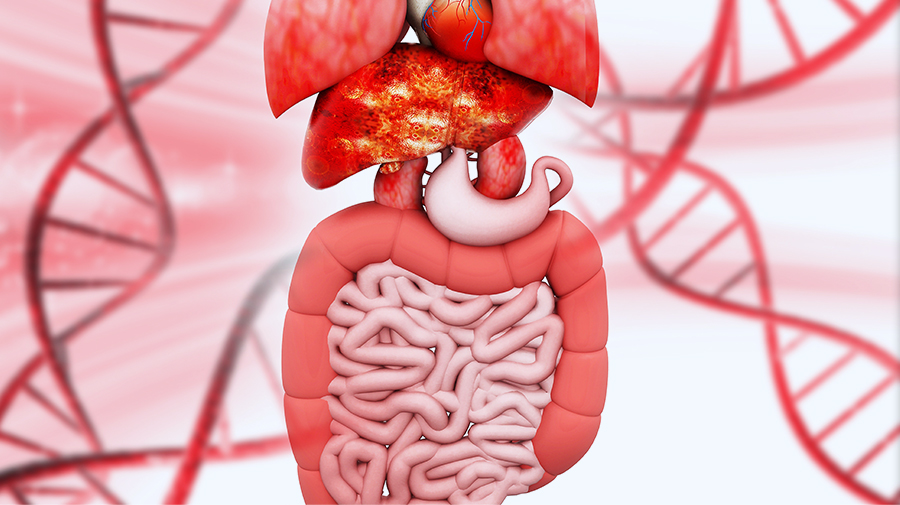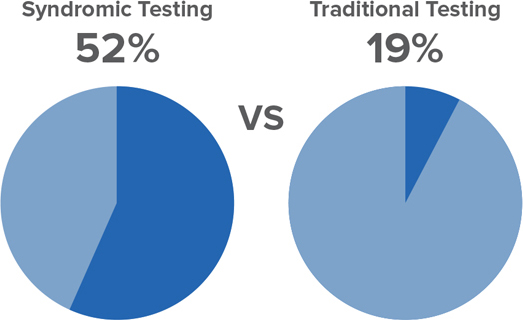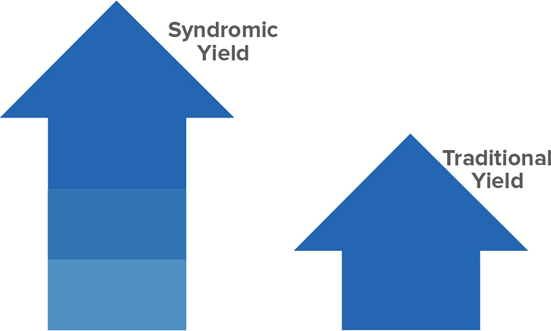TRADITIONAL TESTING
Traditional approaches to identifying the pathogens responsible for enteric
infections are time consuming, require multiple tests, and lack sensitivity.
Best Practices for Gastrointestinal Infection Management:
ACG Clinical Guidelines






